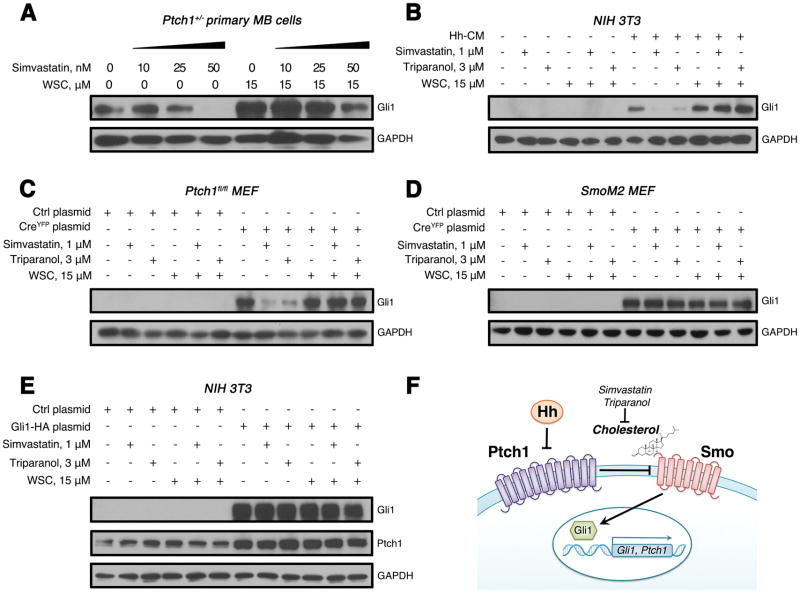Fig. 3. Cholesterol is required for Smo activation in Hh signal transduction.
(A) Western blot analysis of Gli1 protein expression in Ptch1+/− MB cells following treatment with simvastatin alone or in combination with WSC for 48 hours.
(B) Western blot analysis of Gli1 protein expression in NIH 3T3 cells following treatment with Hh-CM, simvastatin, triparanol or together with WSC for 48 hours.
(C–D) Western blot analysis of Gli1 protein expression in Ptch1fl/fl MEFs (C) or SmoM2 MEFs (D) infected with a lentivirus carrying Cre recombinase or control empty vector following treatment with simvastatin, triparanol or WSC for 48 hours.
(E) Western blot analysis of Gli1 and Ptch1 proteins in NIH 3T3 cells infected with a lentivirus carrying a Gli1-HA construct or an empty vector following treatment with simvastatin, triparanol or WSC for 48 hours. GAPDH was used as a loading control.
(F) A schematic diagram of Hh signaling pathway. In the absence of Hh ligand, its receptor Ptch1 tethers Smo, preventing the downstream activation of Hh pathway. After interaction with Hh, Ptch1 releases Smo, causing activation of Gli1/2 transcription factor and leading to transcription of Hh pathway genes (Gli1, Ptch1, etc.). Cholesterol is required for Smo activation in Hh signal transduction.

